Uncategorized
Permaculture
Permaculture was developed in the 1970’s by Australians Bill Mollison and David Holmgren in a response to soil, water and air pollution by industrial and agricultural systems; loss of plant and animal species; reduction of natural non-renewable resources and a destructive economic system. Permaculture is based on the study of inter-relationships and interdependence of living […]
Fertilising Plants
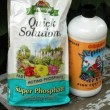
Most plants will benefit from a feed throughout the year. Fertilising our gardens helps keep the nutrient content in check. In time, established plants use up all the goodness in surrounding soil so they will require a top up every now and then. Some plants such as fruit trees, vegetables and roses are super productive […]
Plant of the month – Australian Native Violet

Australian Native Violets are found naturally along most of the eastern and southern sides of Australia. They do however grow well in almost all areas except for very dry situations. This lovely groundcover grows to around 10cm in height and will spread widely in shady, moist areas. The leaves are kidney shaped and bright green in colour […]
Collecting Seeds
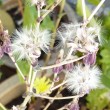
Collecting your own seeds is a great way to continue growing the plants that you love in your garden. It is also one of the most economical ways to produce new plants for your garden each season. There are a few steps involved to ensure that you can collect seeds from your favourite plants and […]
Plants No Longer To Be Given Latin-only Names
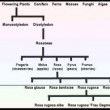
Botanists will no longer be required to provide Latin descriptions to new species of plants. The move is part of a major effort to speed up the process of naming new plants – because in many cases it is feared they might die out before they are officially recognised. The rules, which were approved at […]
Benefit of Bees
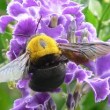
While people can be concerned about bees in their yard with children and pets around, they play an essential role as pollinators in the garden. Without bees many of our vegetables and fruit would never get to the harvest stage. Some vegetables such as pumpkin, cucumber and zucchini have male and female flowers so unless […]
Plant of the month – WA Christmas Tree
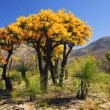
It only seems fitting to have a native Western Australian Christmas Tree as the feature plant in the lead up to Christmas. WA Christmas Tree or Nuytsia floribunda is a true mistletoe. It is a root parasite that does not grow directly on the the host plant. It can grow to 10 metres in height. Nuytsia […]
Dealing With Slugs & Snails
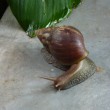
There are a number of ways that you can deal with snails and slugs that will not leave nasty chemicals laying around your garden that could be harmful to pets, children and wildlife. The most commonly mentioned method to combat these creatures is to use beer traps. Use the tops of bottles or jars and […]
Mulch
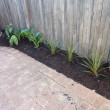
Mulch is a protective cover placed over soil to retain moisture, reduce soil erosion, provide nutrients and suppress weed growth and seed germination. It is best to place a layer of mulch between 3 – 8cm in depth. Less is not as effective in preventing weeds and maintaining mositure and more can compact and prevent […]
Companion Planting
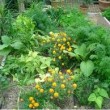
Companion Planting is the planting of different plants near each other for their benefit. There are several ways the plants can benefit from each other including pest control, pollination and nutrient uptake. Planting basil or marigolds next to tomatoes can help ward off whitefly or you can use nasturtiums to lure aphids away from your […]
 Gardening Gals
Gardening Gals
